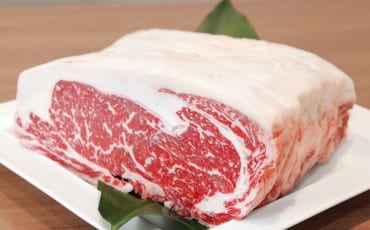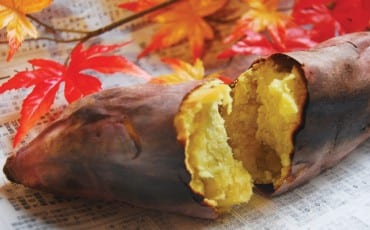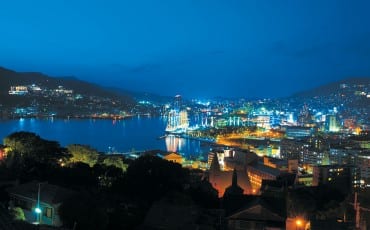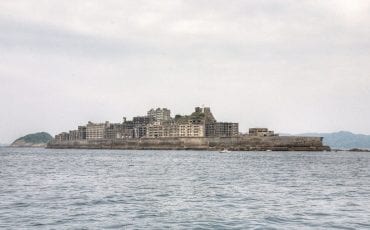Articles
Features
Apr 1, 2014
Yamaguhi Prefecture
Get To Know Hagi City
Hagi city is of historical significance as it was home to political figures who were instrumental in the modernisation of Japan during the Meiji Restoration. Its streets and buildings are still well-preserved today, and definitely worth a visit.
For the History Buffs
The Mori clan ruled the Choshu domain during the Edo area. During this time, they built Hagi Castle. Though only ruins remain today, you can still see the efforts of Mori city planning in the area surrounding the castle.
Other well-preserved relics from the same period include the Yukawa Family Old Residence. The grounds feature a specially constructed canal that runs from the river into the house, and the water was then used for washing and laundry – it’s an amazing feat of engineering that must be seen to be believed.
On your tour of Hagi, another must-visit is the Shoka Sonjuku, the private academy used by Shoin Yoshida to teach the youth military arts and politics. One of Japan’s most distinguished intellectuals, many of his students went on to become high-ranking officials in the Meiji Restoration.
Though merchants were ranked lowly in society during the Edo period, it did not stop many of them from prospering. The Kumaya Art Museum belonged to a prominent merchant family during the Edo period, and their wealth can be seen in its sizeable grounds. It now houses a large collection of artefacts, including Japan’s oldest piano.
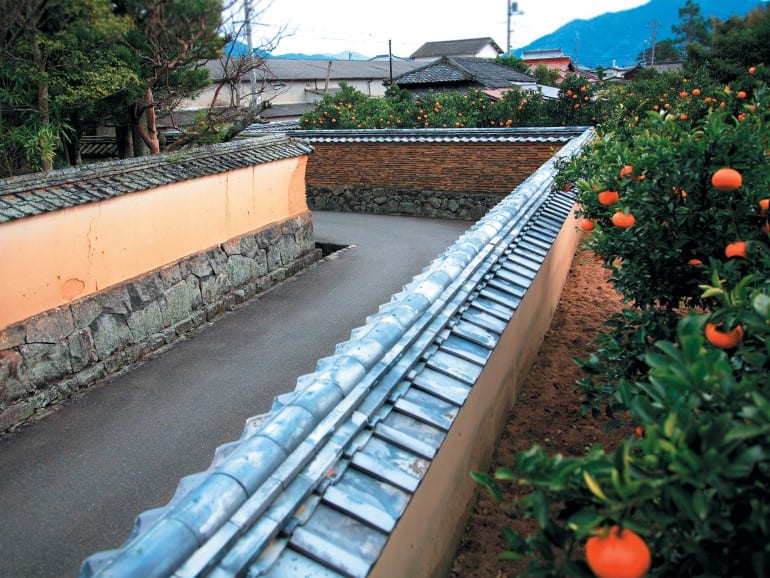
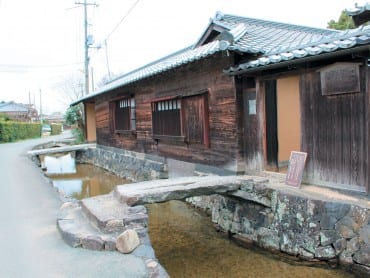
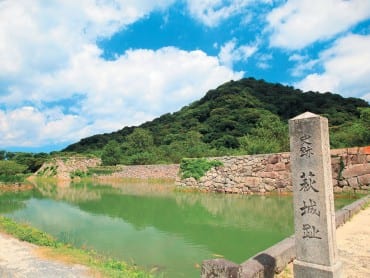
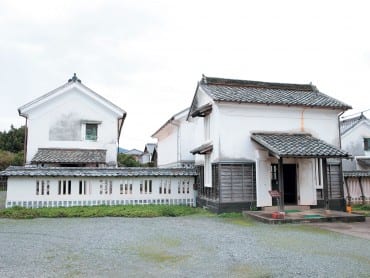
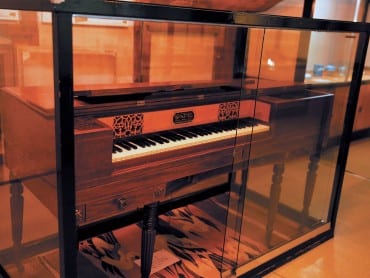
Hagi’s Artistic Spirit
When you have finished your historical tour of Hagi, stop by the Hagi Sea Mart for a seafood bento box. This is also your chance to stock up on other produce such as strawberries and locally made seafood pastes.
Finally, if you need further evidence that Hagi’s artistic spirit is alive and thriving, drop by pottery gallery and shop JIBITA to view a showcase of traditional and contemporary pieces from 30 different Hagi artists.
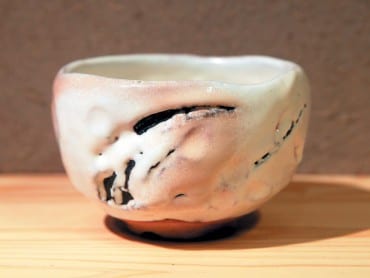
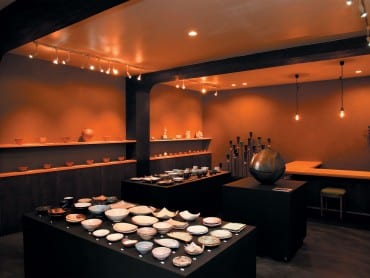
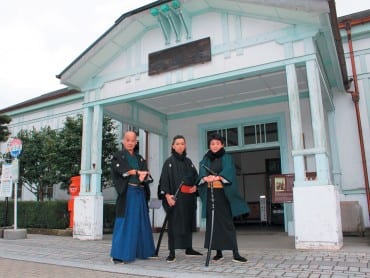
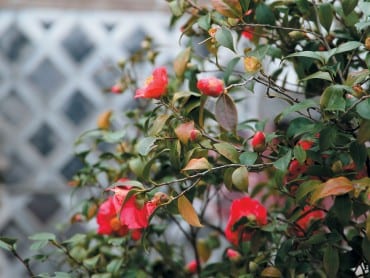
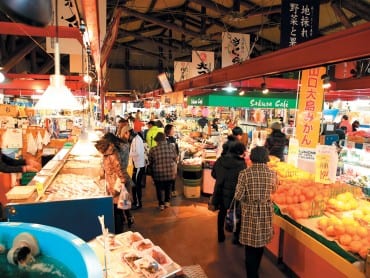
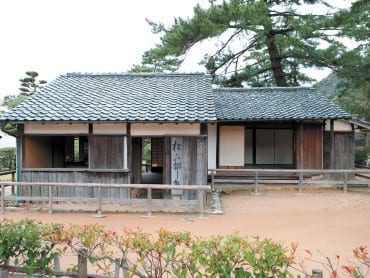
(TEXT DENISE LI PHOTOGRAPHY MORITSUGU MAKITAO)
>>Read more about Yamaguchi Food
>>Read more about Yamaguchi Sightseeing
>>Read more about Yamaguchi Souvenirs





